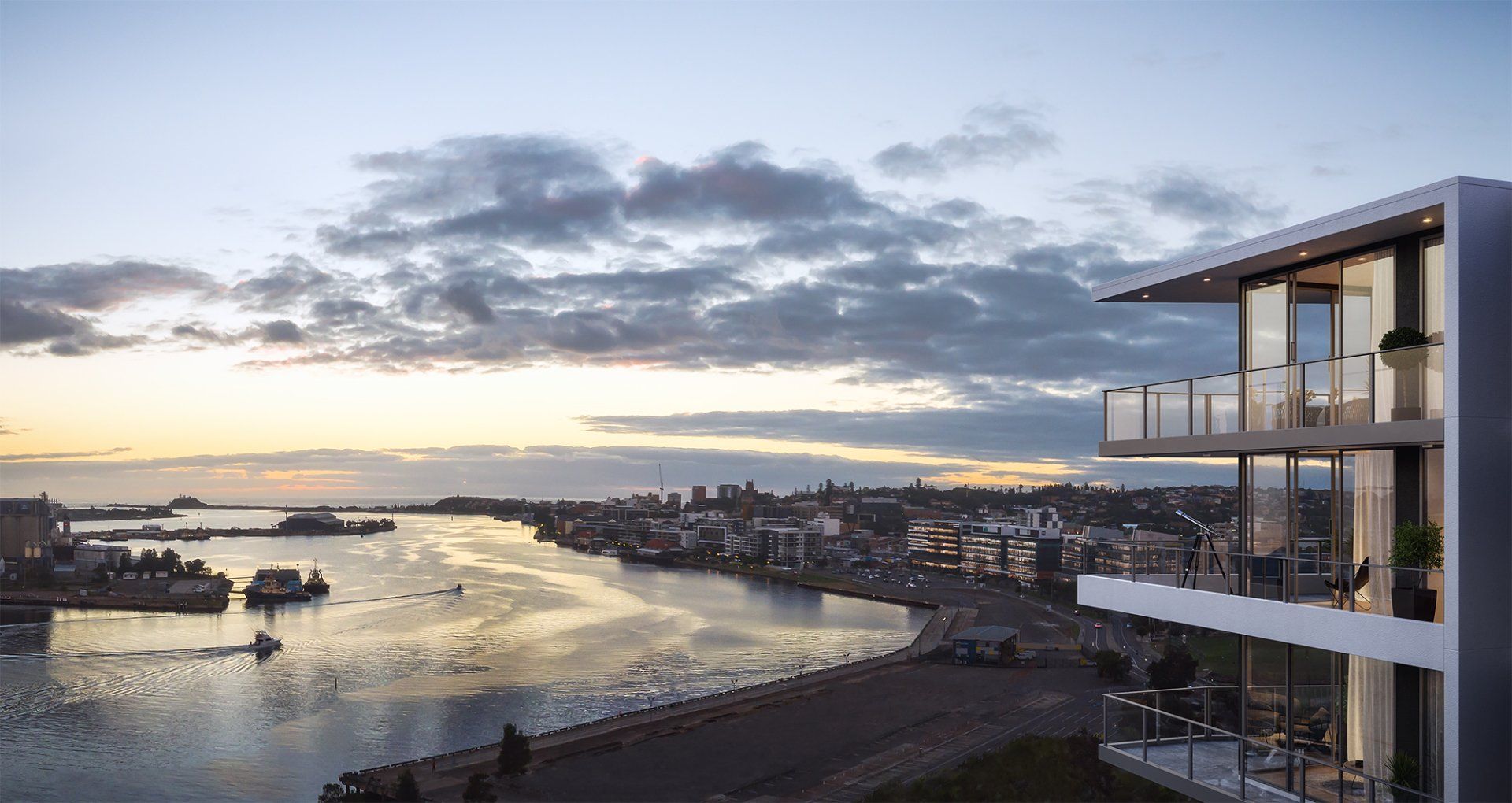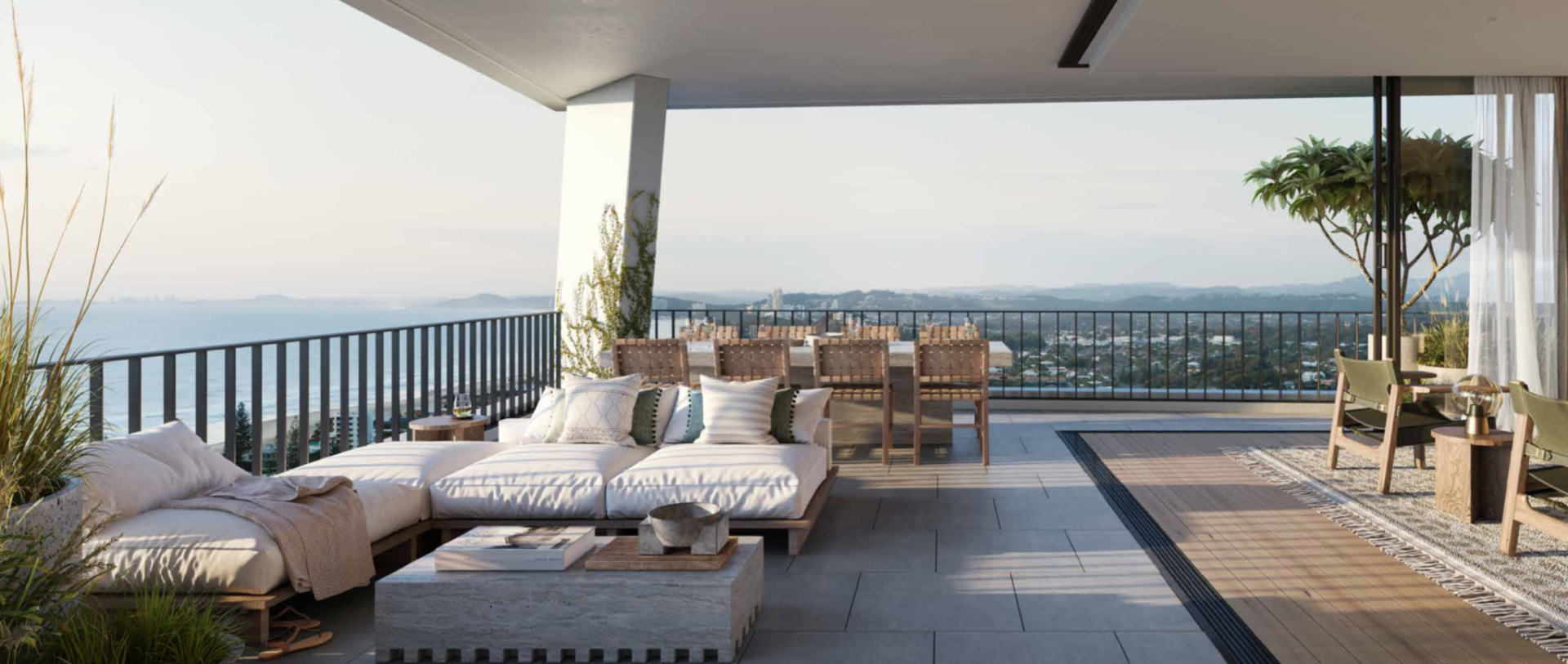Record low rates and FOMO key drivers of buyer surge: new survey
- By Peter Gordon
- •
- 19 Apr, 2021
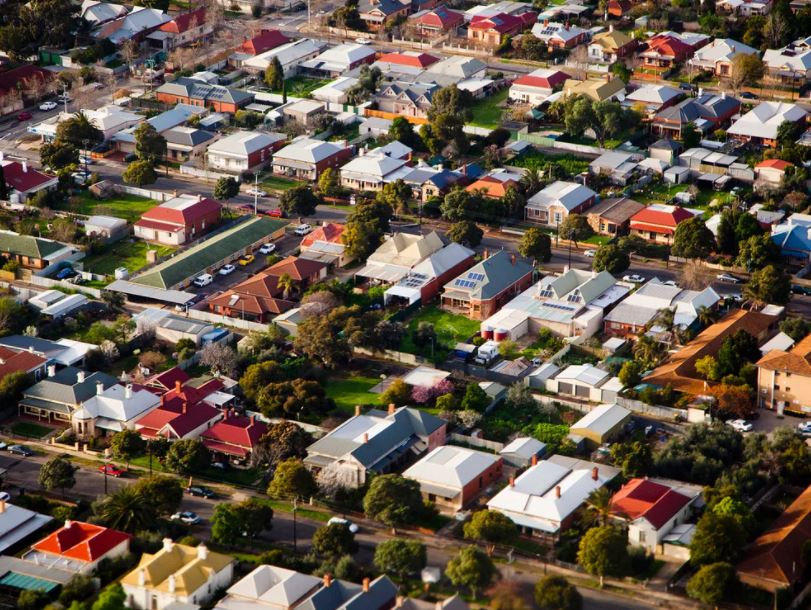
Record low interest rates and a fear of missing out as house prices accelerate sharply are driving Australians to buy property in a booming market.
Realestate.com.au’s latest Property Seeker report, which involved an online survey of 6700 Australians in December 2020, showed market conditions led by low rates and government incentives are now the key driver of the unprecedented buyer demand.
Realestate.com.au director of economic research Cameron Kusher said FOMO was very real as buyers rushed to take advantage of record low mortgage rates.
“We are seeing record high volumes of people searching for properties and our index of demand, which measures high-intent buyers, is also close to an historic high,” Mr Kusher said.
“We’re also seeing property prices rising throughout the country at a fairly rapid pace in many areas.
“I believe that FOMO is real at the moment and a strong driver of purchasing behaviour.”
Unprecedented buyer demand, record low interest rates and a low volume of stock for sale have pushed prices higher, with the REA Insights Home Price Index Report showing a 5.9% rise in dwelling prices over the past year.
Low rates, record buyer demand and low supply have pushed house prices higher. Picture: realestate.com.au/buy
A number of economists have forecast property prices will grow by 5-10% both this year and next, with some forecasting a sustained housing boom and 20% growth by the end of 2022.
“Although borrowing costs are likely to remain low for some time, for many buyers I sense a concern that the longer they wait to purchase the more expensive things are going to get,” Mr Kusher said.
“For buyers that have recently sold, the longer they are out of the market the more capital growth they continue to miss out on,” he added.
Buyers no longer driven by life stage changes
Realestate.com.au market research and insights manager Kirstin Hodgson said market conditions, mostly low interest rates and government grants, are now the number one factor prompting Australians to consider buying a property.
“In contrast, last time we conducted the research in 2019, Australians were prompted by life stage changes, such as starting a family, children flying the nest, or taking the plunge and moving in with a partner,” Ms Hodgson said.
Market influences had the biggest impact on buying considerations this time, nominated by 46% of survey respondents.
Life stage came in second (41%), followed by financial reasons (31%) such as salary changes or wealth creation. A lifestyle change was a factor for 27% of respondents, while 22% pointed to career reasons such as starting out, retiring or losing a job.
The main market factor was low interest rates, which were prompting one in four buyers to consider buying property.
The survey – an in-depth study of property consumers in Australia – showed government grants and schemes were particularly strong influences for first-home buyers.
Interest rates are a key driver of the strong housing demand. Picture: Getty
Mr Kusher believed interest rates were an even stronger overall driver of the current levels of housing demand.
“Historically we have seen that as interest rates fall, demand for properties rise and that is playing out once more with borrowing costs now at the lowest levels on record,” he said.
While the Reserve Bank of Australia has ruled out an early rate rise before 2024, economists believe the Australian Prudential Regulation Authority will introduce macroprudential ‘speed limits’ later this year or next year if lending standards deteriorate.
Economists have also suggested fixed mortgage rates may increase later this year.
Aussies want more space, fresh air
COVID has led to a significant change in what people want in a home, including a shift in preferences towards houses and away from apartments.
“While Australian homes have always been large and had excess bedrooms, with more people working from home more often, what they want in a home has become even more imperative,” Mr Kusher said.
Ms Hodgson said three quarters of Australians made nominal changes to their home during COVID, while the survey also showed the pandemic had changed the features they viewed as most important in their homes.
She said the top five desired features emphasised optimising space and wellbeing: more natural light, more living spaces, larger outdoor spaces, more bedrooms and home office space.
For homebuyers in particular, COVID had made these features even more important.
When it came to the important property features buyers were less willing to compromise on, air conditioning, a garage, the number of bedrooms and natural light topped the list.
The research also revealed a strong interest in sustainable property features.
“Eight in 10 buyers highlighted sustainable features as either critical or important when looking for a property, with most willing to pay extra for the pleasure,” Ms Hodgson said.
“Perhaps unsurprisingly, solar energy panels were ranked as the number one desired sustainable property feature.”
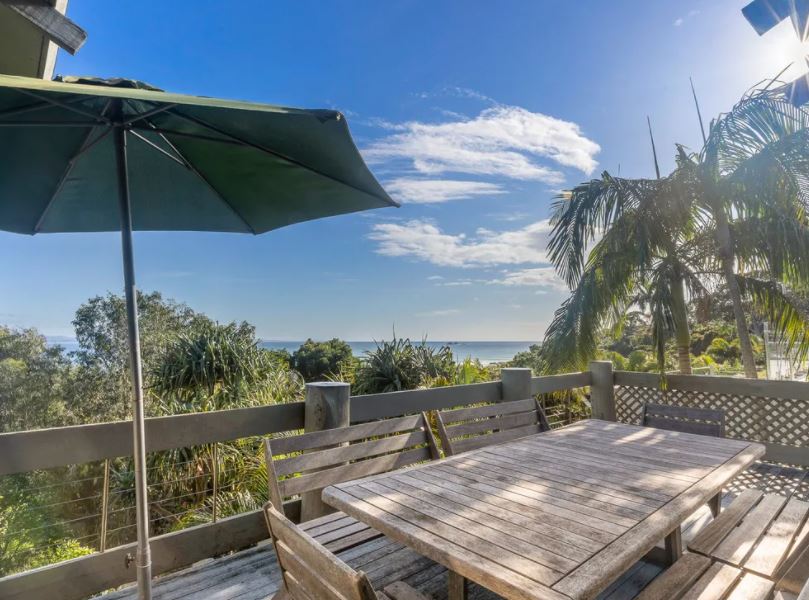
The pandemic has led to a record movement of people from capital cities to regional areas and accelerated interest in regional living.
“While many people still want inner-city homes, we have seen a swift change in attitudes towards outer capital city and regional market demand with purchasers enjoying the flexibility of being able to work from home and live in more desirable locations,” Mr Kusher said.
The survey showed one third of Australians, particularly younger people, are rethinking where they want to live as a result of the pandemic.
A third of Australians are rethinking where they live as a result of COVID.
Ms Hodgson said half of those people are considering moving to a regional area, while one third want the best of both worlds and are considering the outer fringe of a metro area.
“The regional shift is real,” Ms Hodgson said.
“We feel people are notionally taking advantage of increased workplace flexibility and looking to live out their previously withheld fantasy of moving further out of the city for an enhanced lifestyle.
“We speculate that this ‘increased freedom’ could lead to the rise of the domestic digital nomad – an uptake in the culture of ‘working from anywhere’ for periods of time by Australians. Time will tell.”
Mr Kusher said the question was whether the regional shift would be a lasting trend or if most people would revert to their previous way of life as vaccine rollouts occurred and cities returned to normal.
“A lot will be dependent on whether businesses want people back in the office on a more regular basis,” he said.
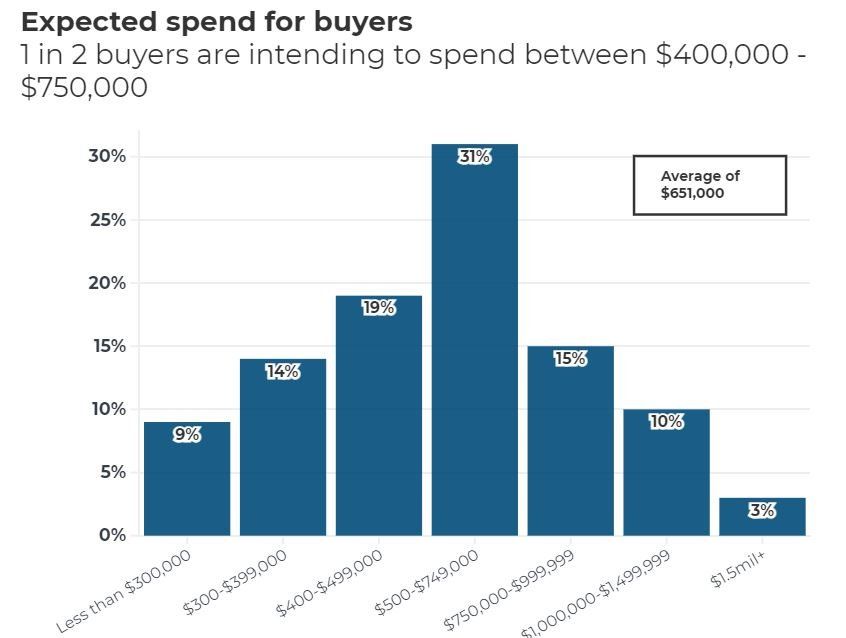
Buyers spending more on average
As property prices rise, so too has the average amount buyers plan to spend on their next house.
One in two buyers intend to spend $400,000 to $750,000 on their next purchase, according to the survey.
The average amount has risen to $651,000, from $595,000 in 2019.
“In 2020, we saw fewer buyers searching in the sub-$300,000 range and more searching in the $1 million to $1.5 million range,” Ms Hodgson said.
“Combined, that helped push the average amount buyers expected to spend to $650,000.
“In short, it’s safe to say buyer expectations have risen in line with property prices.”
Article courtesy realestate.com 31/3/21
schedule a Zoom Meeting here

| Quiet simply, the Palms is the place to buy! |
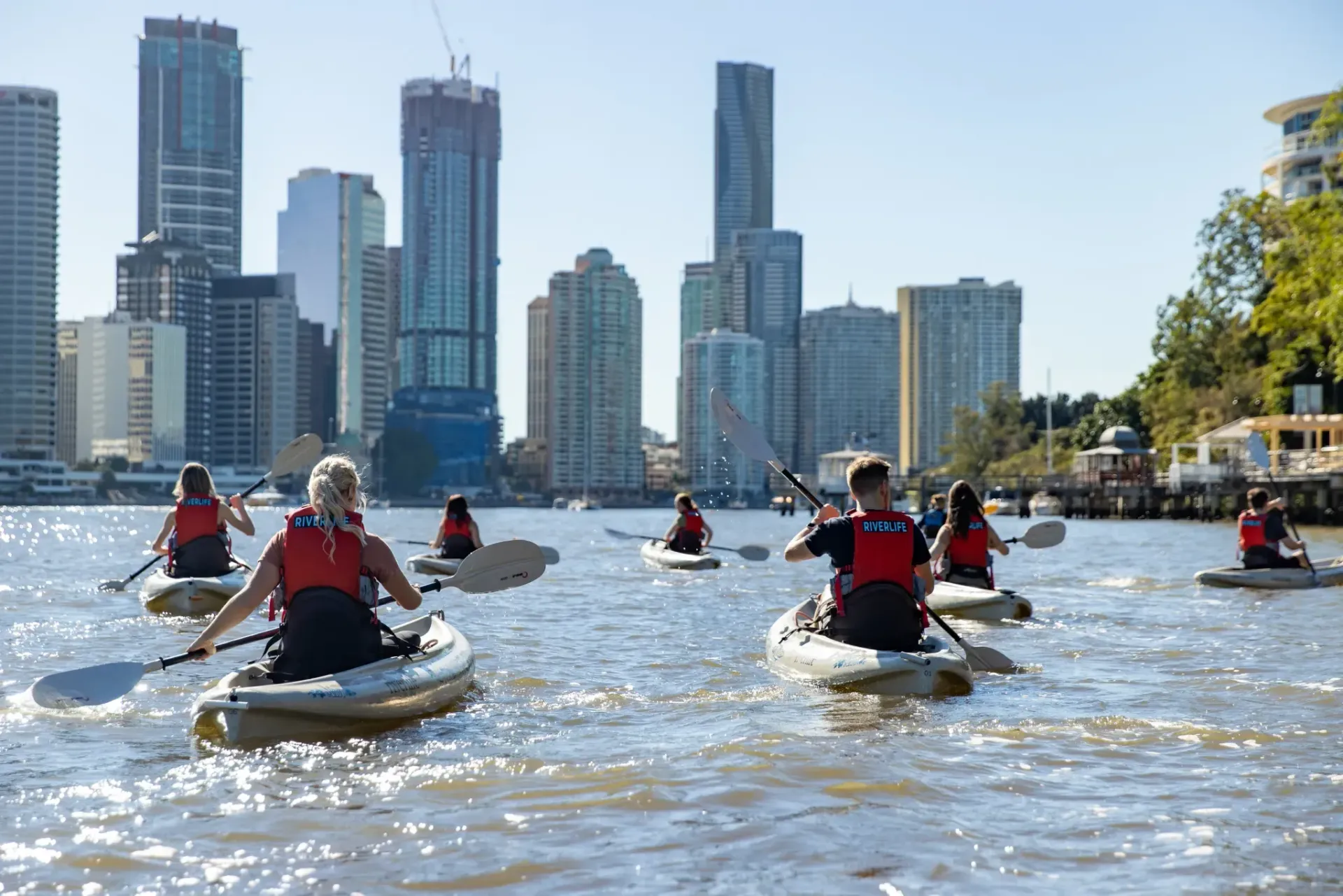
Sydneysiders and Melburnians, put aside your equally outstanding flat whites for a moment. Stop bickering about whether great beaches beat cool laneways (they do) and desist from debating whether all baristas require waxed moustaches (ideally).
Because Brisbane is closing in on the title of Australia’s best city, and we must join forces to keep this subtropical upstart in its place.
Time magazine recently named Brisvegas on its “World’s Greatest Places” list, and omitted our cities. It’s a huge shock (and who knew they still published Time magazine?). But they might be onto something.
Time points to the 2032 Olympic and Paralympic Games, which will be hosted in the maroon metropolis. Brisbane will do a fine job, even though it’ll baffle the world when rugby league is added to the schedule and Queensland is allowed to field its own team.
Time’s most radical claim is that Brisbane is worth visiting now, but tourism is surging. Not only did Lin-Manuel Miranda recently drop in to catch Hamilton , but hundreds of Hamilfans flew up to watch his interview with Leigh Sales (presumably unaware that it would subsequently arrive on iView for free).

A leading local agent has appraised each side of these duplex's to be worth $665k on completion and rent for $495 per week. So that is massive potentail instant equity of up to $390K on completion, which is incredibly hard to find.

